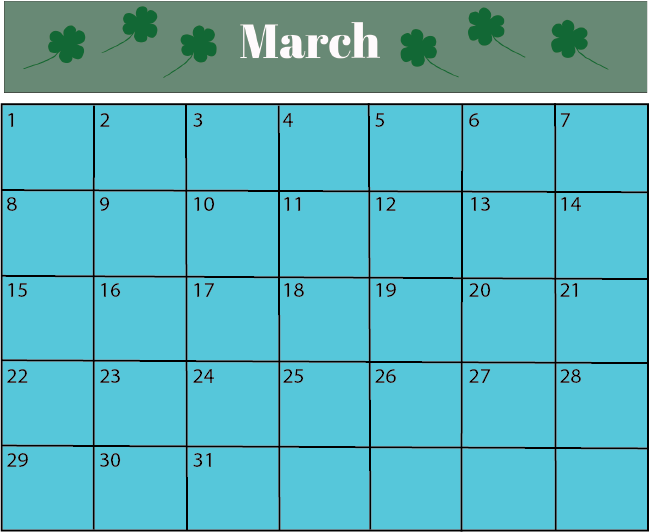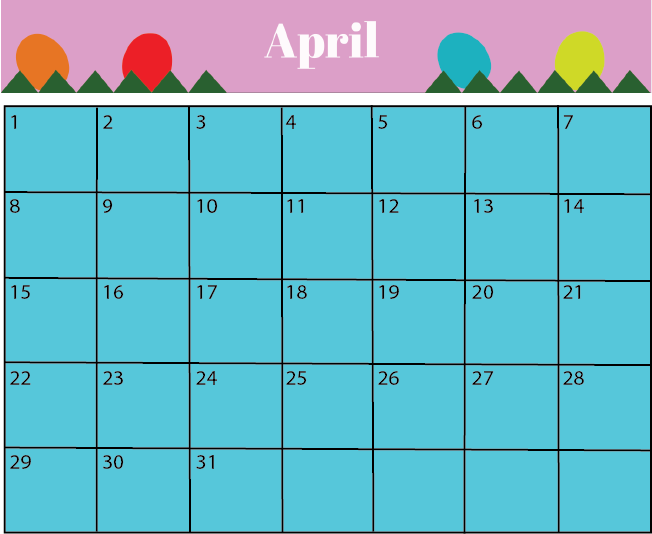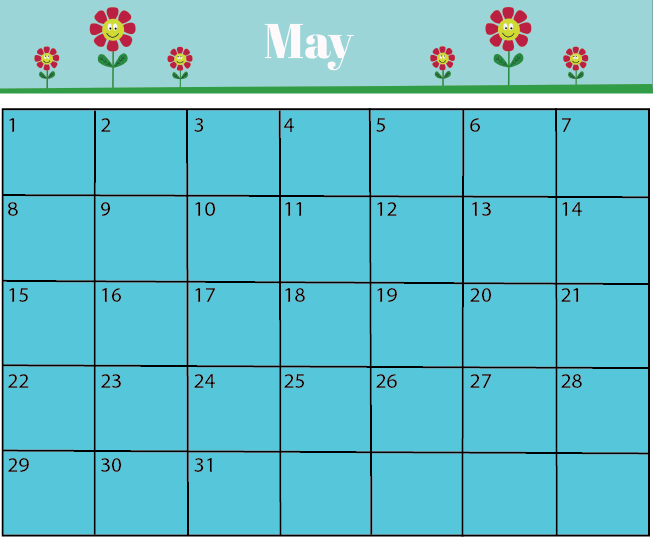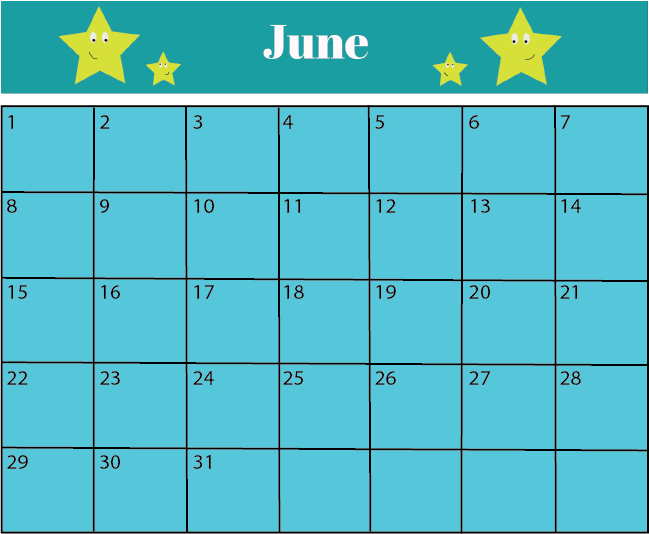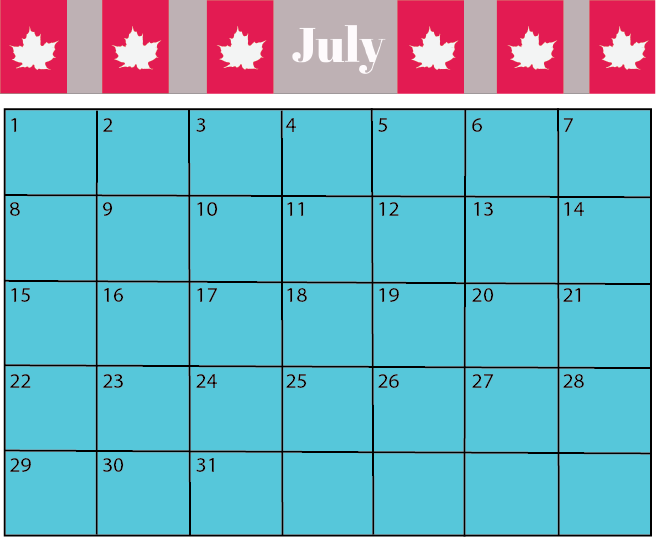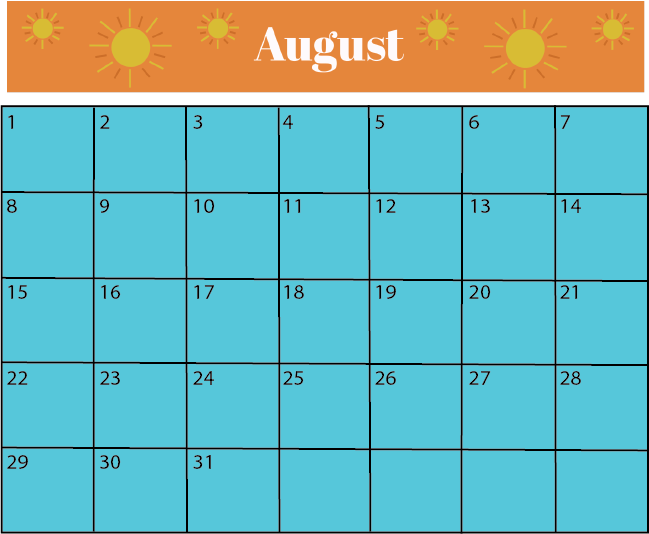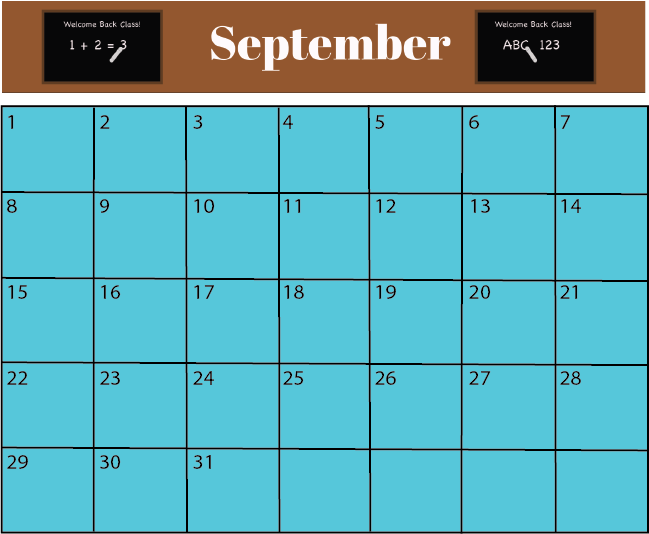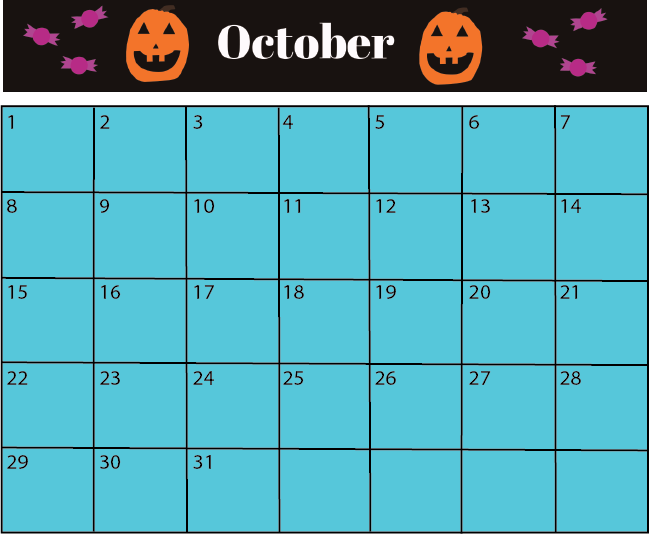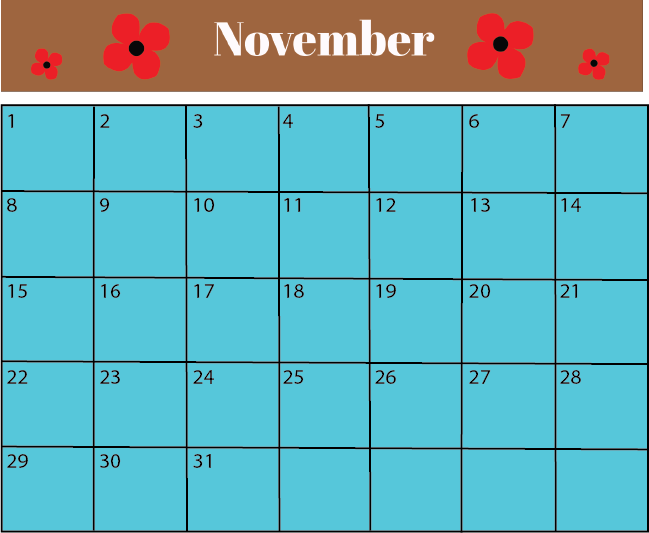New Years

Fact 1: The Celebration of New Years starts on January 30th and lasts until January 31. Traditions celebrated on New Years Eve include: the countdown until mid-night, going to parties and making resolutions.
Fact 2: New Years used to be celebrated in March many years ago; this was because of the lunar calendar being followed by the Romans at the time.The Romans soon started to follow the solar calendar instead of the lunar one.
Fact 3: Today, New Years is celebrated all around the world at different times due to the time change in different countries. New Years resolutions are made so people can start off fresh when they go into the New Year and drain out their old ways.

